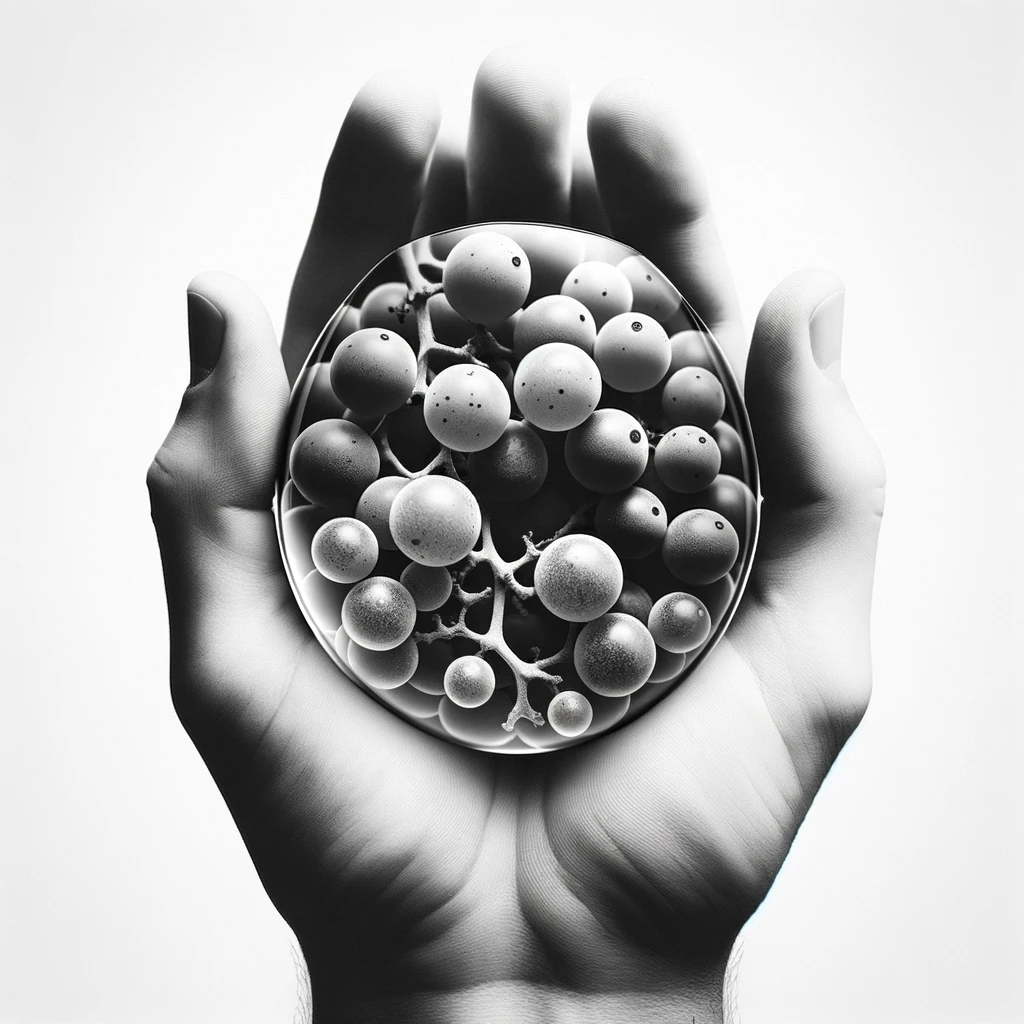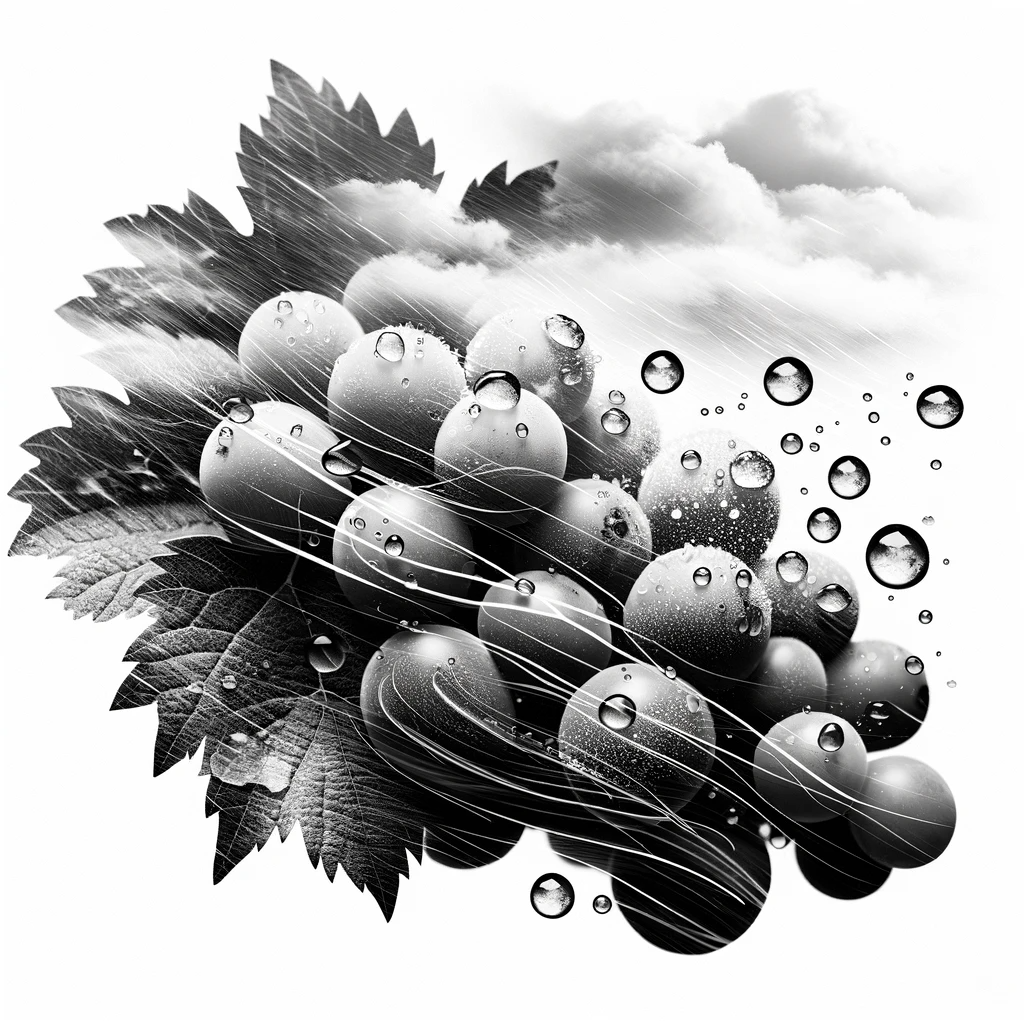Nature's Challenge: How Coulure & Millerandage Shape Our Wines
Have you ever wondered why some grape bunches flourish while others struggle? In the complex winemaking world, two phenomena often puzzle beginners and seasoned professionals: Coulure and Millerandage. But what exactly are they, and why are they crucial in understanding the journey from vine to wine?
Understanding Coulure
What is Coulure?
Coulure is a condition in grape bunches where many flowers fail to develop into grapes. This can significantly reduce yield, impacting wine production.
Why Does Coulure Happen? Several factors contribute to Coulure:
Environmental Stress: Cold, cloudy conditions or extreme heat and dryness can disrupt photosynthesis, leading to Coulure.
Vigorous Shoot Growth: Excessive growth can divert essential nutrients away from grape development.
Soil and Fertilization: Fertile soils and heavy fertilization can inadvertently encourage Coulure.
Impact on Wine Varieties: Some grape varieties, like Grenache and Merlot, are more prone to Coulure, which can be a critical consideration for vineyard management.
Exploring Millerandage:
What is Millerandage?
Millerandage results in a high proportion of seedless, often smaller grapes in a bunch. This can affect the volume and quality of wine produced.
Causes of Millerandage:
Weather Conditions: Cold, wet, or windy weather during fruit set can trigger Millerandage.
Varietal Susceptibility: Grapes like Chardonnay and Merlot are likelier to experience Millerandage.
Why It Matters:
For Wine Enthusiasts and Professionals:
Understanding these conditions helps in appreciating the challenges of winemaking.
Knowledge of Coulure and Millerandage is essential for sommelier exams and deepening wine expertise.
Prevention and Management:
Strategies to Mitigate Risks:
Climate and Weather Monitoring
Balanced Fertilization and Soil Management
Varietal Selection: Choosing less susceptible varieties in regions prone to these conditions.
Conclusion:
Coulure and Millerandage are more than mere vineyard challenges; they are fascinating aspects of the wine world that offer insight into the delicate balance of nature and the skill of winemaking. As we learn more about these conditions, we not only prepare for professional exams but also deepen our appreciation for every bottle of wine we enjoy.




